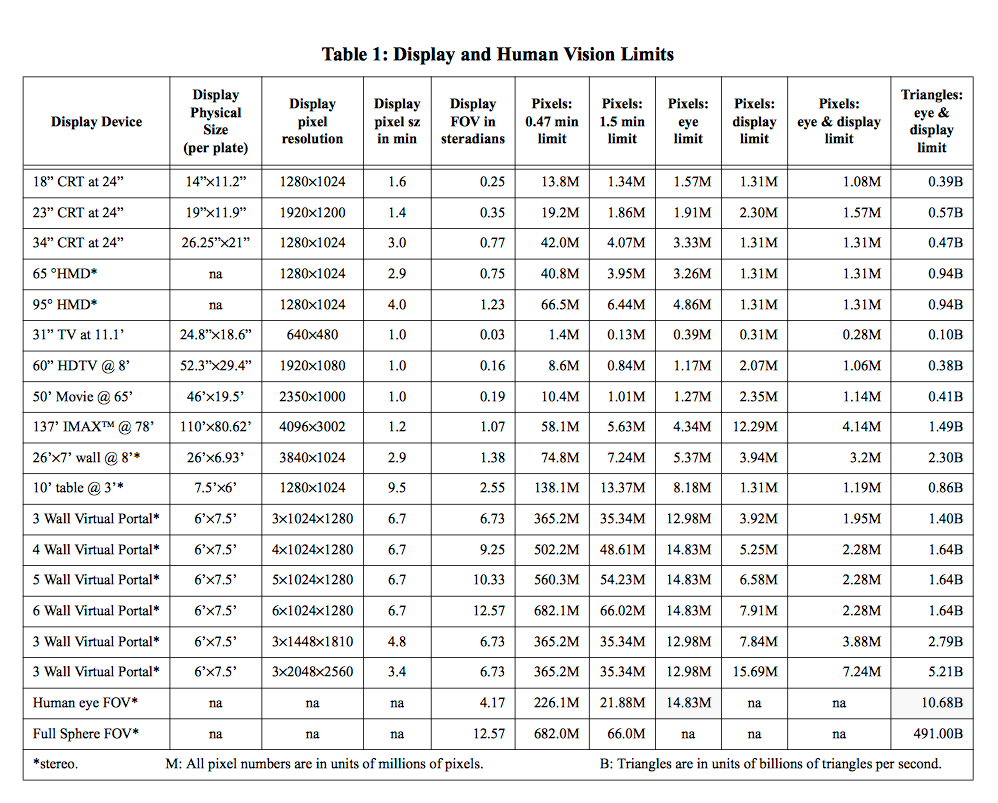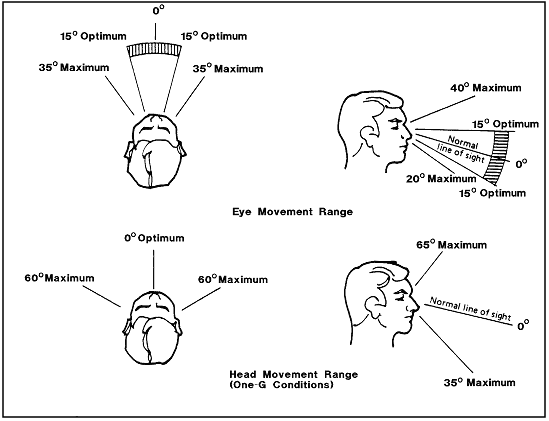VR here, VR there, we are everywhere. When we look at the recent technology events, it seems that there is no discussion of display technology and use of electronic displays without the mentioning of virtual reality (VR) displays and how this will change the way we use electronic displays in the years to come.

Hollywood movies often describe the way of the future and with more and more new movies exploring the realm of science fiction lately, this storm of new display technologies will be burned into our head, the same way the video phone and flying car did after they were announced. While video calls have finally become a standard household thing thanks to Skype and Apple, I am still on the fence with the flying car idea. Driving nowadays seems to make the whole idea pretty crazy, at least in my part of the country. So what is going to happen with the whole VR idea then?
With Oculus occupying the headlines for years, when it comes time to review the E3 gaming conference, one would think that the VR headset is already on the wish list of every gamer in the known universe (the one I know is, just on this planet anyway). Still, the final release seems always around the corner and there is still nothing on the market yet. I know, Oculus did work together with Samsung to release the Samsung Gear VR and based on some reviews, I don’t know why this has not taken the gamer world by storm.
Well, have you ever tried one? If you did, and your set was remotely like mine, you were sent back to the time of the first moving pictures, when HD and UHD were just an acronym and nobody knew what it would mean in the future. I saw low contrast and pixelated images that would have made smartphones and tablets complete failures in the market.
Oculus must have been seeing the same thing. For the past few yearsm the company has been working on improving the image quality in every new release it has made. Mostly it talks about using OLED to improve on image refresh rates to reduce the effect of motion thickness onto the user. This is certainly an important aspect if you plan to use the headset for any extended period of time. However, how about making the image so good that one makes it past the first 5 minutes?
This is where the VA part comes in. Visual acuity (VA) is the ability of a human to distinguish objects in the real world. As we all know, people have different vision systems in terms of color reproduction, contrast, resolution, etc. When we forget the variations from person to person for a moment and just go with an average,we can calculate how many pixels we will need to drive such a VR system that will actual look like reality. So how many pixels can the human eye distinguish? As it turns out the answer is not quite as simple as it seems at first glace. Our eye sees things quite differently depending on where in our field of vision we are. As a simple rule our vision is the best in the center and drops off towards the edge of our field of vision.
Michael F. Deering while at Sun Microsytems, did this calculation and came up with the following result.
 Source: Michael Frank Deering – The Limits of Human Vision
Source: Michael Frank Deering – The Limits of Human Vision
As one can see, if we create a display that is at the limit of the human vision system (0.47 arc minutes) and covers the sphere around us, we will need about 682 million pixels. As a refresher, the often used vision limit of 1 arc minute refers to a person with 20:20 vision (US system or 1.0 in the metric system), with young people at high luminance exceeding this limit quite frequently.
When focusing on the human eye field of vision, the same resolution will require about 226 million pixels. Accounting for the different acuity in the different regions of the eye, he calculates almost 22 million pixels. This equates to about 11 FHD imagers. No wonder all the VR headsets I have used so far were somewhat underwhelming.To create a headset based on these assumptions would require that the pixel density in the center is higher compared to the periphery. An interesting concept for display makers.
 Source: NASA
Source: NASA
To make matters worse, human eyes can actually move. This can be done by eye movement or head movement. While the head movement could be compensated by the headset sensors, the eye movement cannot. The range of the two movements is shown in the image above. If our field of vision is about ± 15 degrees in both directions, eye movement can cover roughly one quarter of the complete field of vision. Interestingly, our field of vision is about 180 degrees horizontally and 135 degrees vertically. This translates into a picture format of 3:2, no 16:9 here.
If we assume to use the highest resolution for the center of our vision and the lower resolution for the rest, we would look at roughly 60 to 70 million pixels being necessary to make VR appear real in terms of our vision system. If we forget for a moment the problem of how to create content for such an imager and how to get the content to the imager (we can always wait for HDMI 12.1a), we would still have to make such an imager.
When we take the 5.4 million megapixel OLED microdisplay from Microled as the basis, we would still need at least 12 displays to make one “real” VR system that could fool our eyes. Yes, this is just straightforward math and does not take into account what tricks we use to make the system appear real with a more manageable number of pixels. To be perfectly honest, if anyone could create a headset close to these specs, I guess it would already exist in some experimental lab (my money would be on Area 51).
For me that means that VR in the foreseeable future should be called AVR or ‘Almost Virtual Reality’. I hope that triggers some discussion with some of you and hopefully creates some good ideas on how to overcome this dilemma. – Norbert Hildebrand

